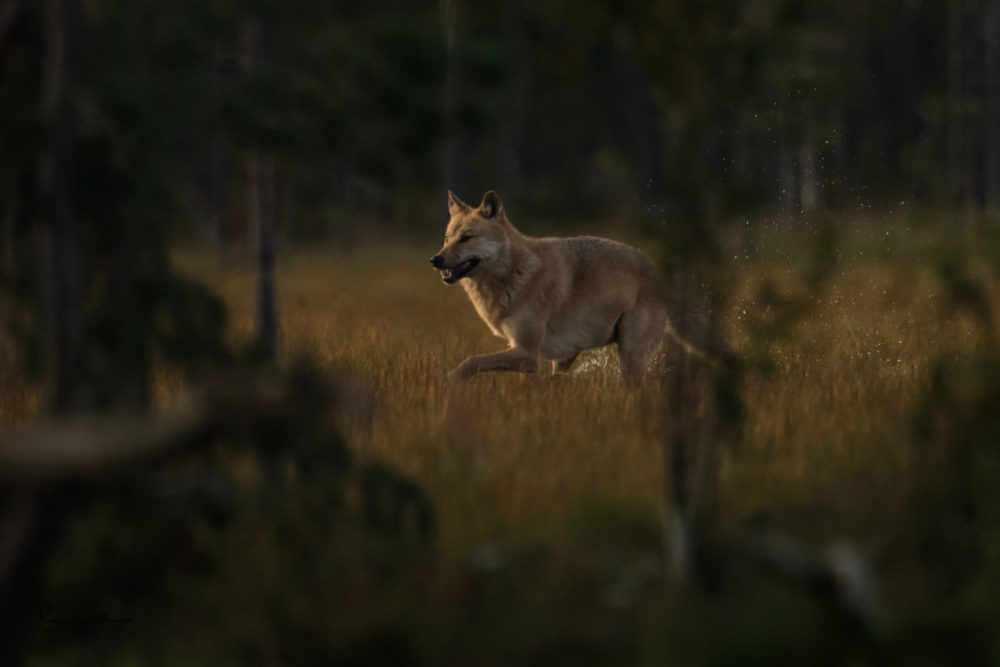How does the wolf live?
Written by Nicklas Iversen | Last edited 8. June 2021
Wolves live together in family groups, which are very like our families. On this page, you can learn about how wolves live.
THE WOLF’S LIFE BEGINS
Wolf cubs are born in late April/early May. They normally weigh around 400 grams and are completely blind.
There are usually four or five cubs in a litter. A litter is made up of siblings born at the same time. Around half of all wolf cubs will normally die in their first year of life. That is why she-wolves have so many cubs.
The newborn cubs remain in the den for the first two weeks. They spend their time drinking their mother’s milk and sleeping. From the third week onwards, their eyes will open, their teeth will begin to grow and they will start learning to walk.
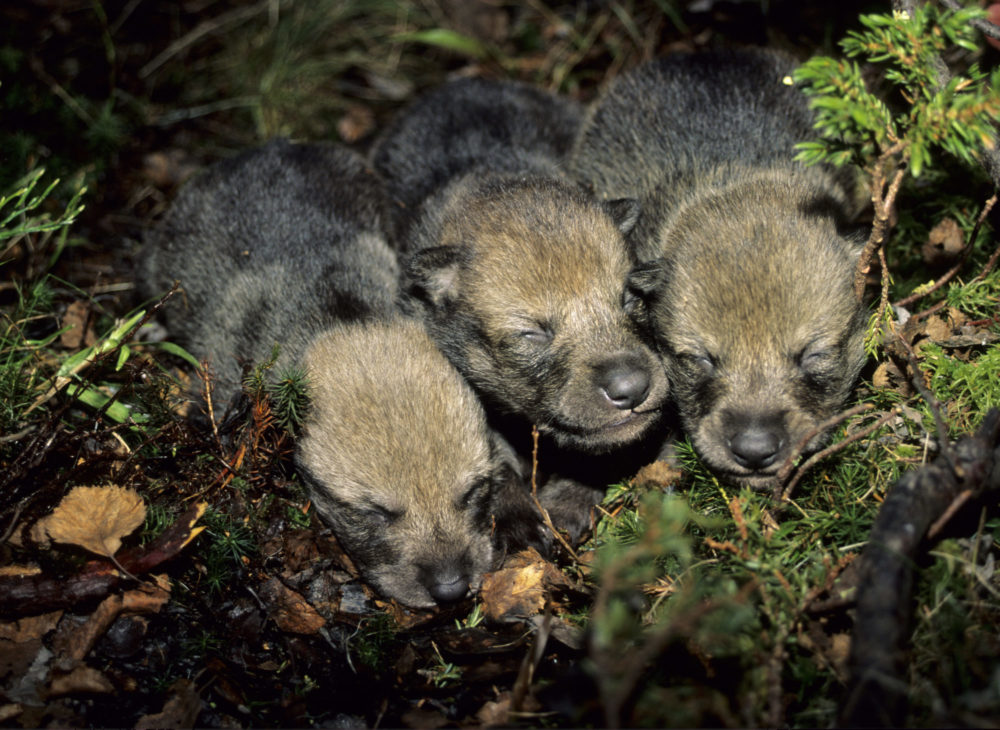
GROWING UP
The wolf cubs will gradually emerge to explore their surroundings, but still stay close to the safety of the den. The cubs play and make trouble. Play is an important way of learning in preparation for adult life.
When the cubs are around six months old, they become increasingly inquisitive and are able to explore larger areas on their own. The mother and father can assemble the family by howling. Then the cubs have to go to them to be fed. They will now be eating solid food. The cubs will soon go hunting with the parents. But, as is normal with most youngsters, they will be more of a hindrance than a help. The young wolves need experience to become good hunters!
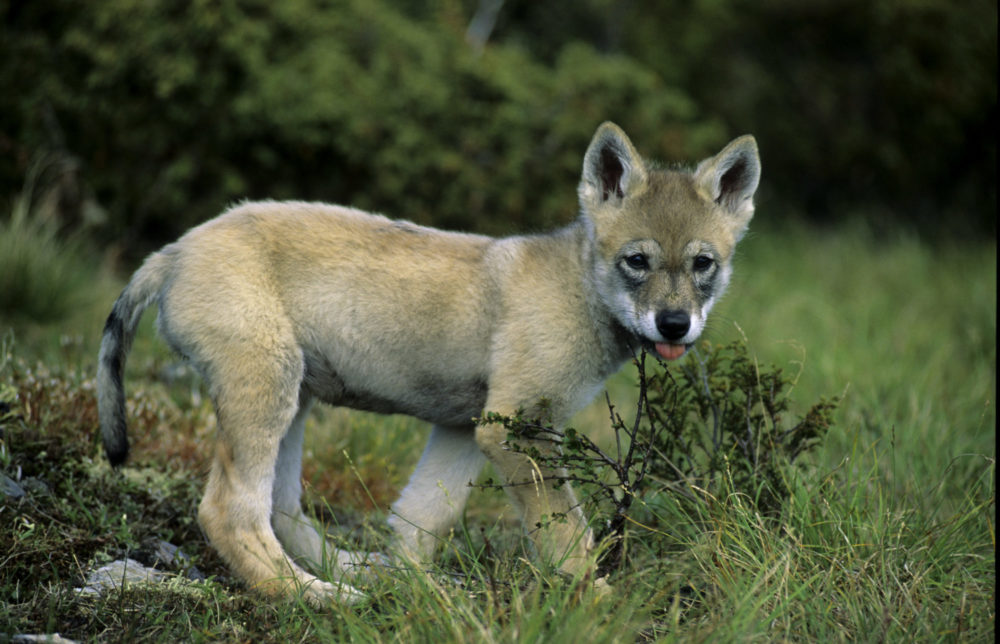
YOUNG WOLVES
As the young wolves approach one year of age, they will start to become more independent. They will often roam off on their own and explore the surroundings. Most young wolves leave home for good at around a year old.
Then they will roam far and wide. A young wolf has to go out into the world to find a partner to start it’s own family with. Wolves may travel huge distances during this period and can pop up anywhere in the country. These are also the wolves that usually encounter sheep and kill most grazing livestock. The young wolves that roam into Norway usually come from Sweden.
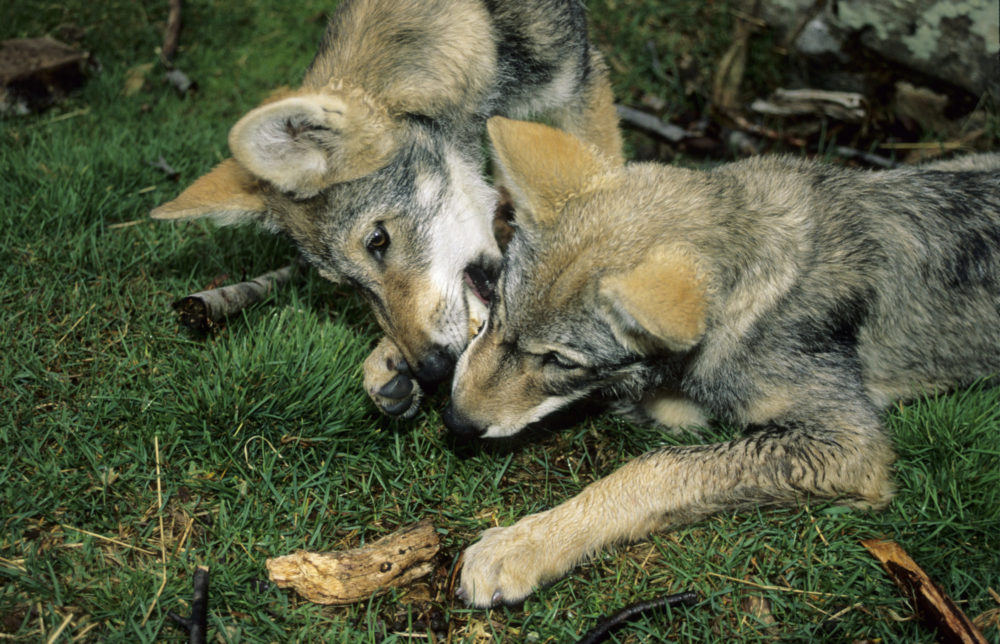
A PACK IS BORN
When the young wolf finally finds a partner, the relationship will last until the day one of them dies. The wolf is therefore regarded as very faithful, a relatively rare trait in the animal kingdom.
The new wolf pair will find a place to settle down. Areas with plenty of prey animals are preferred. The wolves will mark this area by urinating, excrete and scraping with their paws. An area that wolves have marked like this is called a territory. The wolves’ territory is very large, around a thousand square kilometres on average. In other words, more than twice the size of Oslo!
The wolves will defend this area against unfamiliar wolves that try to muscle in on their territory. The wolves do this to ensure that there is no competition for food. Because, once the wolves have found their territory, it is time to have cubs and a lot of food will be required!
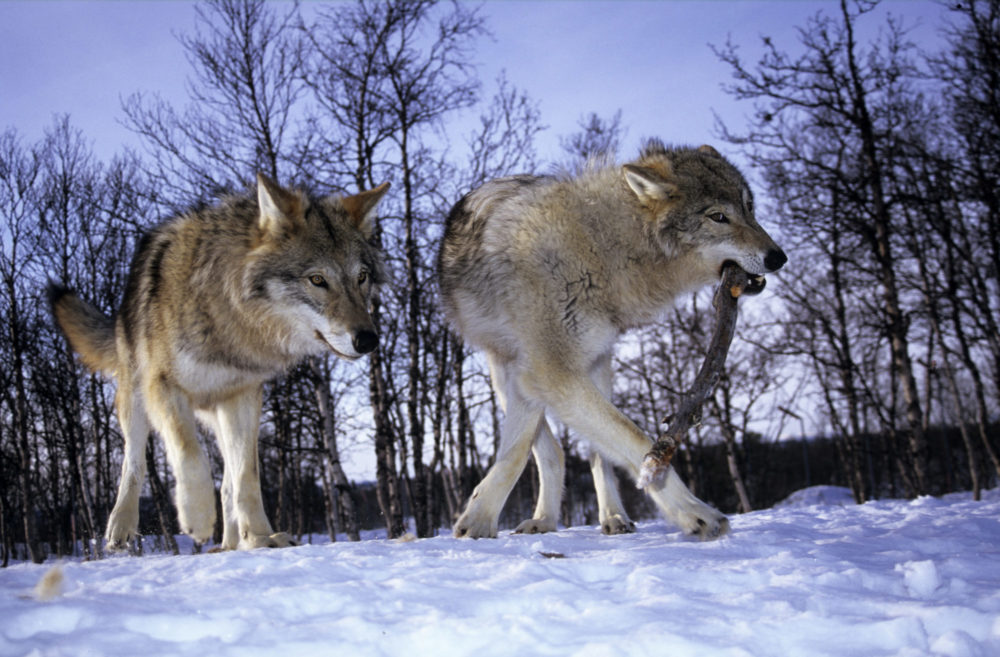
FAMILY LIFE
Wolves mate in February-March when the female comes into heat. The she-wolf gives birth to her cubs in May, preferably in an excavated den – or natural cavities in the terrain.
In the wolf pack, the mother and father are the bosses and in charge of hunting. This is very reminiscent of our own families, where the roles are quite similar. Generally speaking, there will just be two adults living together with their cubs, but sometimes the adult cubs from the previous summer stay for another year. They can act as ‘childminders’, as well as helping to hunt for food.
Sooner or later, these wolves will also want to start their own family and leave home.
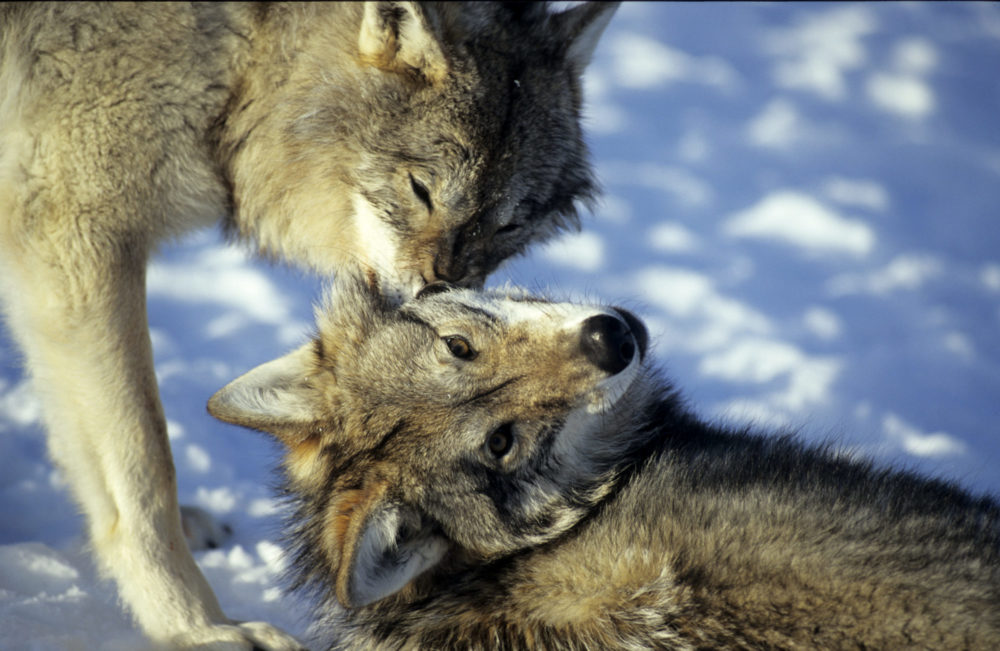
DEATH
All life comes to an end, and it is no different for the wolf. In Norway, the average lifespan of a wolf is three or four years. This is half the average for the rest of the world, where wolves normally live for six to eight years. The main cause of death for wolves is hunting, both legal and illegal. Small populations are more vulnerable to hunting.
This article has been written by Bjørn Henrik Stavdal Johansen, a nature guide at Visitor Center Carnivore Flå.
